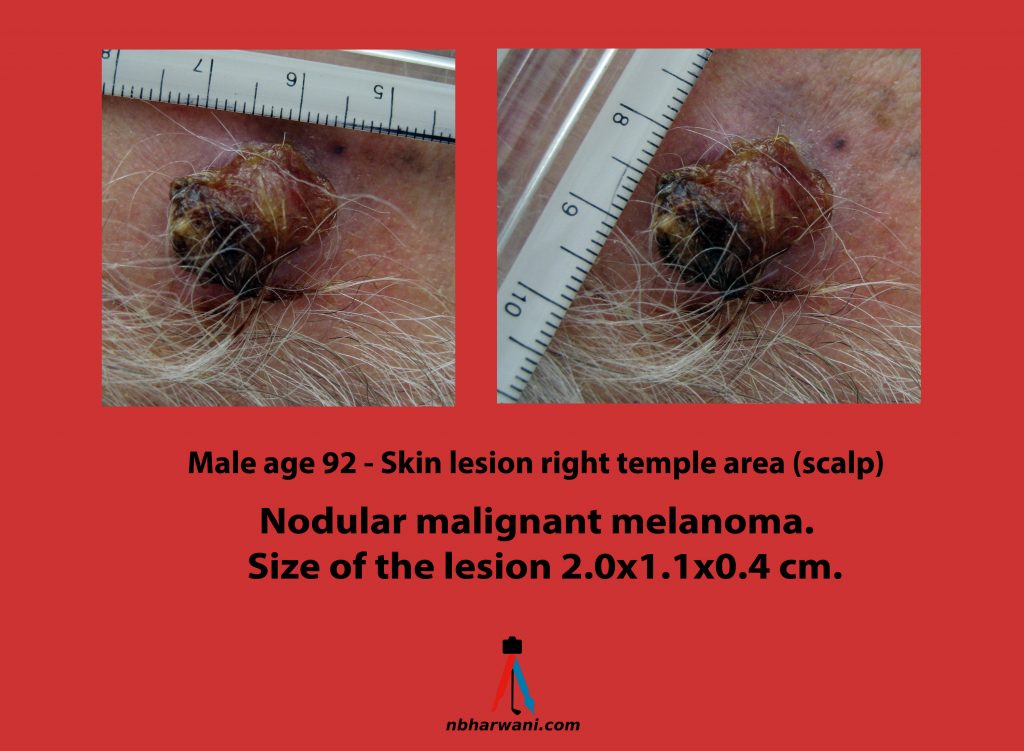In Canada, more than 80,000 cases of skin cancer are diagnosed every year.
We are officially into spring now and summer is round the corner. The sun is shining most of the days and people are walking and running sometimes without adequate clothing. Hopefully, they have sunscreen generously layered over their body. As we know, sunscreen is recommended for prevention of skin cancer but questions about its harms have been raised.
This subject is covered in a review article (The efficacy and safety of sunscreen use for the prevention of skin cancer) published in the Canadian Medical Association Journal (CMAJ Dec 14, 2020). The review is quite detailed. I will try and summarise it.
Because exposure to ultraviolet radiation is estimated to be associated with 80 to 90 per cent of skin cancers, the use of sunscreen — which blocks ultraviolet radiation — is promoted as an important means of preventing skin cancers, as well as sunburn and skin aging.
There are five key points to remember about the use of sunscreen:
- Sunscreen use reduces the risk of basal cell, squamous cell and melanoma skin cancers.
- Commercial sunscreens protect against the skin-damaging effects of ultraviolet radiation through either chemical or physical ingredients.
- The Canadian Dermatology Association recommends the use of an adequate dose of a broad-spectrum sunscreen with a sun protection factor of at least 30 for most children and adults.
- Emerging evidence suggests that some chemical sunscreen ingredients are systemically absorbed, but the clinical importance of this remains unclear; further research is required to establish whether this results in harm.
- Ultraviolet filters found within chemical sunscreens may be harmful to the environment.
Both the Canadian Dermatology Association and the American Academy of Dermatology recommend the use of sunscreen for the prevention of skin cancer. Then why worry?
What we know:
Since the development of the first commercial sunscreen in 1928, three questions have been raised: are they safe, are they effective, and more recently, the impact of sunscreens on the environment.
The CMAJ article summarizes evidence related to the effectiveness and harms of sunscreen to help physicians counsel their patients.
Sunscreens contain chemical compounds that act to block ultraviolet radiation. There is no doubt the highest-quality evidence available suggests that sunscreens do prevent skin cancer.
People of all skin colours and older than six months should use sunscreen with SPF (Sun Protection Factor) of 30 or higher. The mainstays of sun safety in infants include sun avoidance and protective clothing.
Apply sunscreen generously. Most people tend to underapply. If you are going in water or your activity involves lot of sweating then wait 15 – 30 minutes after applying the sunscreen. And use water-resistance sunscreen.
Recent experimental studies have shown that sunscreen remains on the skin at the desired SPF for as long as eight hours after a single application.
What are the concerns about using sunscreen?
Some recent studies have reported that chemical sunscreen ingredients are detectable in various water sources and may persist despite waste-water treatment processing. An additional recent concern is the detection of sunscreen filters in the tissues of various fish species, raising the possibility of bioaccumulation and biomagnification.
Low-quality evidence has shown that some chemical sunscreen ingredients are systemically absorbed and may be contributing to environmental damage; people who are concerned may consider using physical sunscreens as an alternative. Research on the safety and efficacy of established sunscreens and novel agents is ongoing.
Conclusion:
Currently, there are no good scientific reasons not to use sunscreen. Also remember, besides the use of sunscreen, one should follow other rules about sun protection for avoiding ultraviolet radiation, including the use of wide-brimmed hats, eye protection (e.g., “wrap-around” sunglasses with ultraviolet radiation protection) and seeking shade when the ultraviolet index is above 3 (usually 11 am to 3 pm, April to September).
Take care, be safe, use sun protection and get your COVID-19 vaccine to protect yourself, your family and people around you.
Start reading the preview of my book A Doctor's Journey for free on Amazon. Available on Kindle for $2.99!



